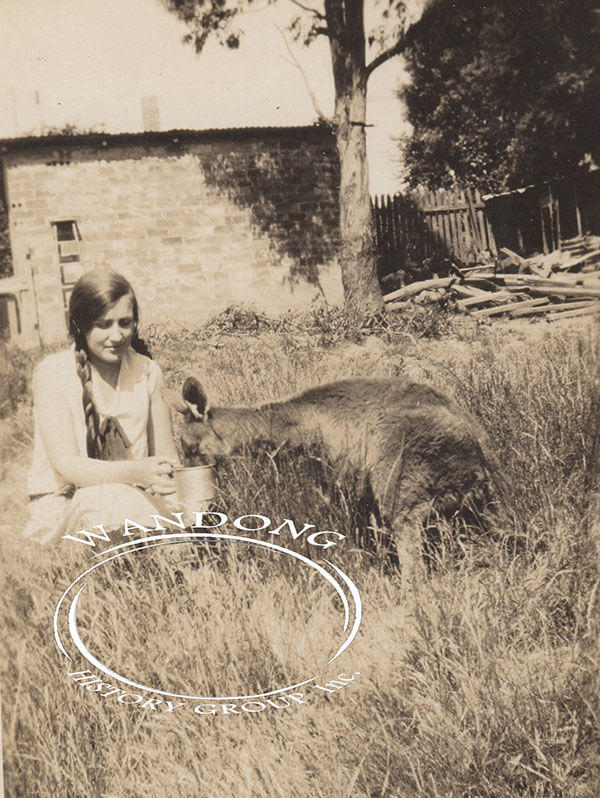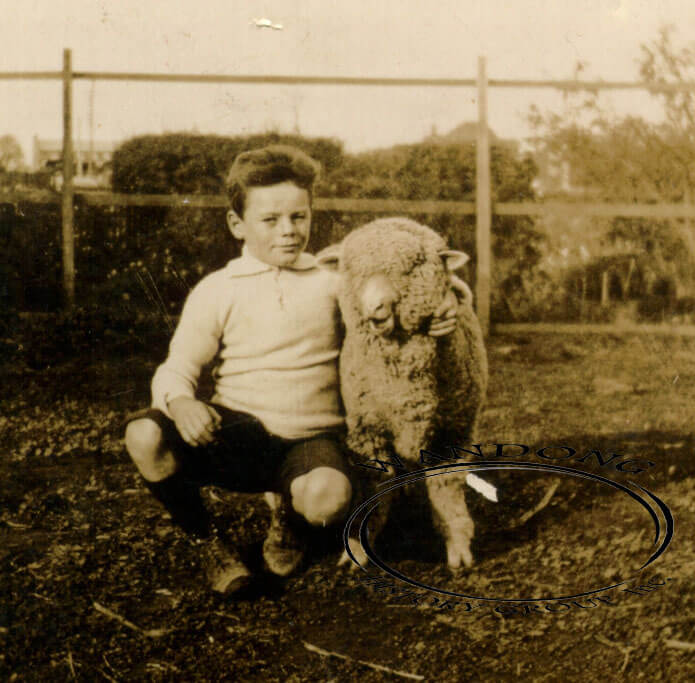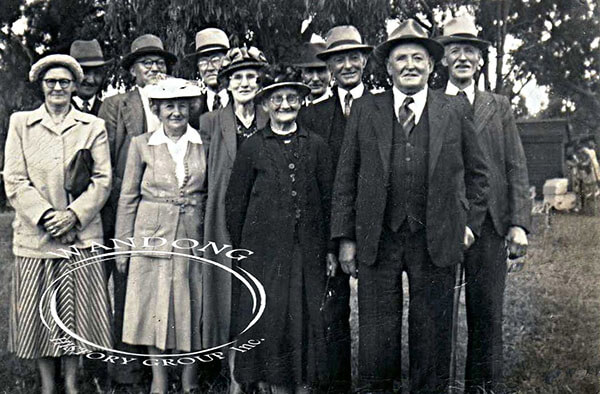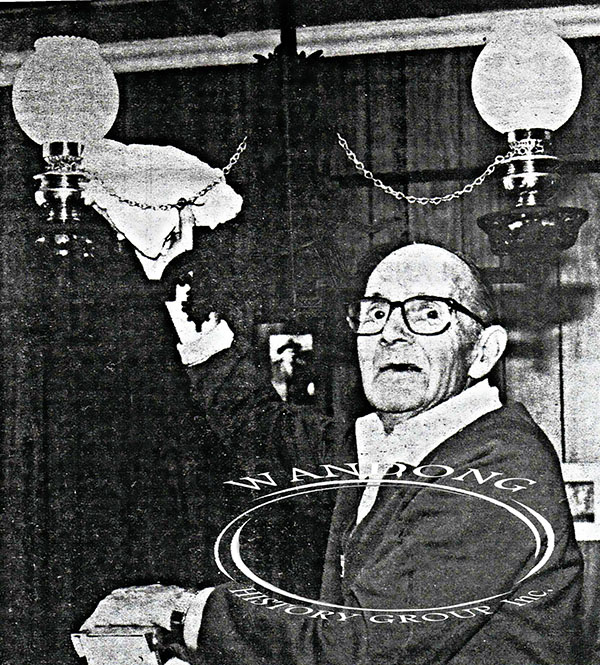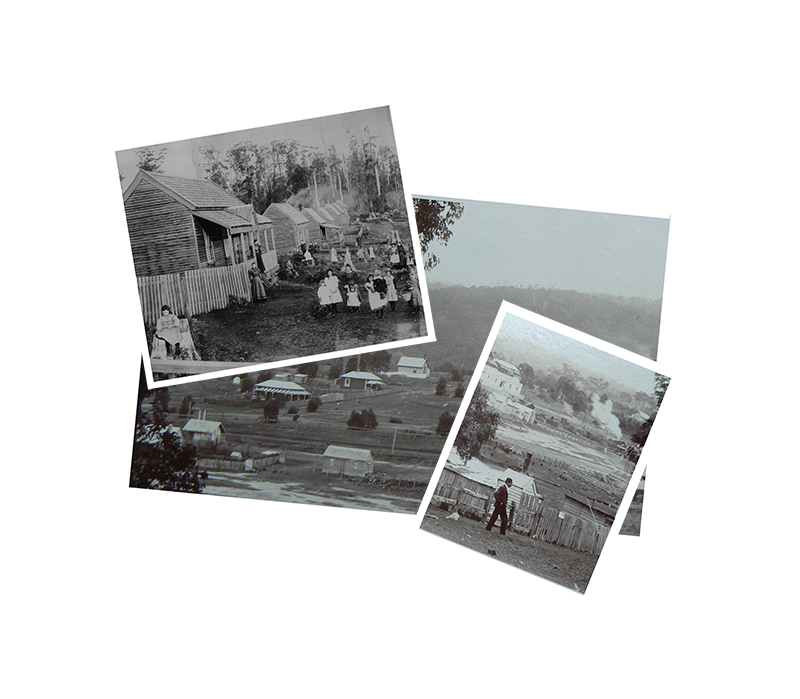WANDONG HISTORY GROUP INC.
WANDONG HISTORY GROUP INC.
Wandong, more than just a town
Wandong, more than just a town


INDUSTRY COMES TO WANDONG
The opening of the North-East Railway line in 1872 marked the beginning of development for the region with local sawmillers agitating for a wood siding to be erected in order to transport their timber to Melbourne. Finally on 11 April 1876 Morphett’s Siding was opened on a railway reserve adjoining Patrick Morphett allotment. Finding the land unsuitable for agriculture, Morphett sold his selection to Melbourne timber merchant, William Brooks Hoffman who within wrote to the Lands and Survey Department explaining ‘a township was in the process of formation and that it would be an advantage not only for the district generally but for the Government if all the allotment of 88 acres were reserved for township purposes’ (Payne 1986:53).
Slowly businesses began to be established with Frederick Arkell opening a general store and hotel on the Epping/Kilmore Road to service the needs of the district. He was joined by Robert Burns, blacksmith and wheelwright catering to both travellers and local residents. As the population began to grow, donations of land were given for the establishment of a school and church with both being relocated from the Lightwood/Heathcote Junction area.
It would be the arrival of Robert Affleck Robertson around 1883 from Ballarat that transformed this small backwater into a town. Robertson a sawmiller, began purchasing some of the sawmills on Mt. disappointment, notably Abraham Neill’s Derril mill following which he began to erect his flagship sawmill the Comet. Located close to the forests, Robertson erected four mills, a village settlement of 200 people including a bakery, veterinarian, butcher, large stables and an 11 mile tramline for transporting his timber to the railhead at Wandong.
Wandong would become the hub of Robertson’s industrial enterprise. In addition to his mills he erected a small seasoning works plant employing about 30 men as well as a brick manufacturing plant employing a further 15-20 men. Robertson also established forming factories at Wandong turning out architraves, barrels, fence pickets and other sundry furniture. Wandong became a hive of industrial activity and combined with the local quarry, gold mine and processing plant as well as a fledging eucalyptus oil operation drawing workers from far afield.
To attract workers and cater to visiting dignitaries Robertson established the Wandong Coffee Palace and Railway Restaurant providing all the comforts of home cooked meals and refreshments. He erected a general store and office attached to his residence from which he administered the daily activities of his companies, erected a large stable for his horses and began building houses for his Manager and Secretary. Robertson was keen to meet the educational and spiritual needs of the community. Soon the Wandong State School was relocated followed by Robertson donating a block of land for the construction of the Catholic Church. Using the bricks manufactured at his terra cotta lumber factory he then constructed several homes in the township and began taking orders for the construction of cool storage sheds throughout regional Victoria.
Wandong fast became the industrial centre of the Kilmore district drawing workers from across the country in search of work. Dignitaries, government ministers and journalists were all enthralled at what they saw when visiting Wandong and held high praise for Robertson’s endeavours and wished him well for the future. Today Wandong is attracting a new community, young families keen on escaping congested suburbs and searching for the rural idyll.
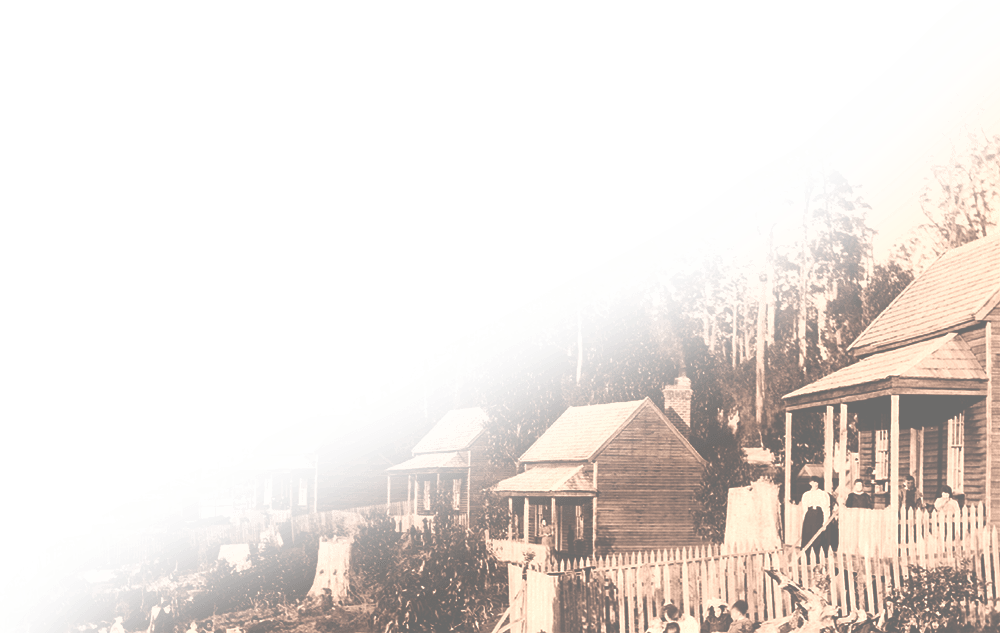
Recording and Preserving Our Past


